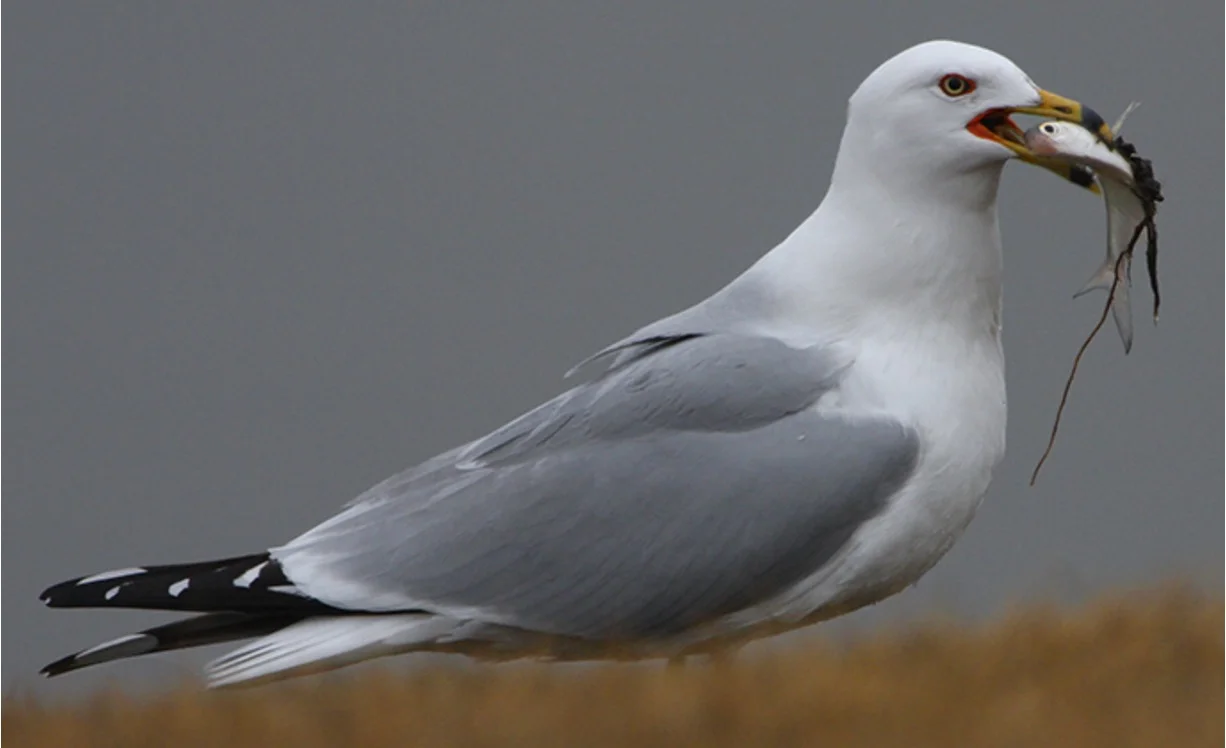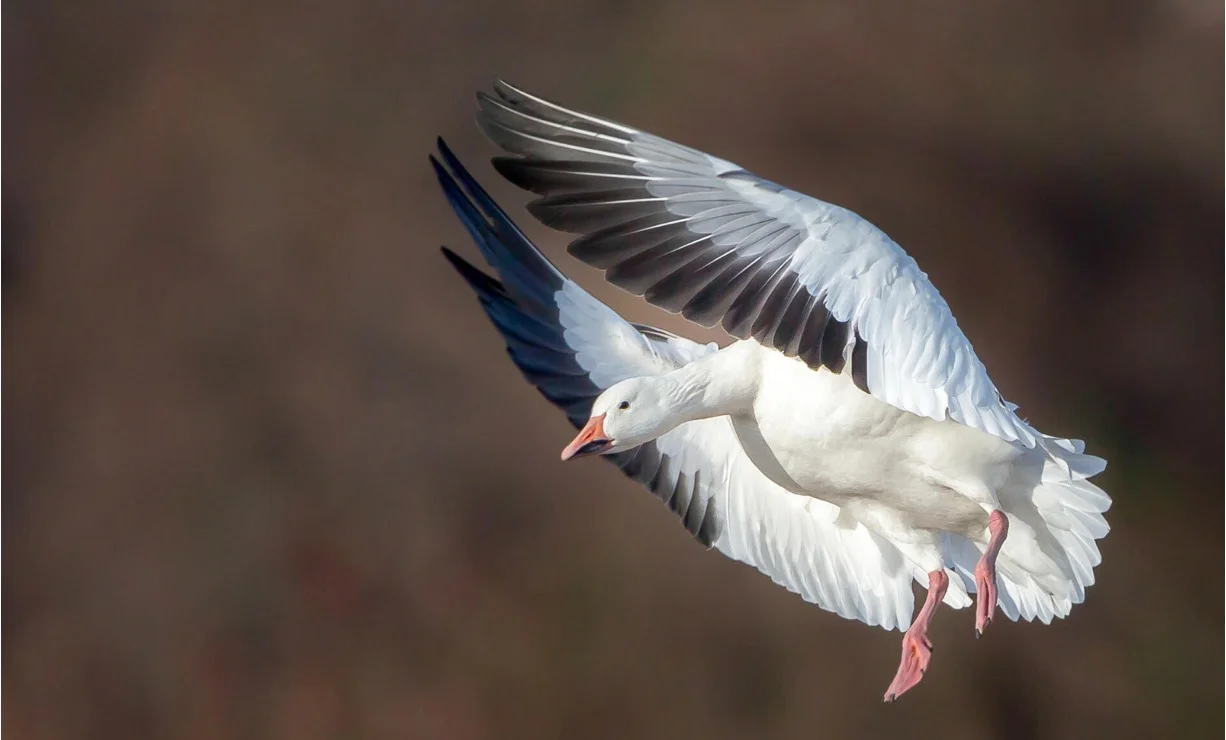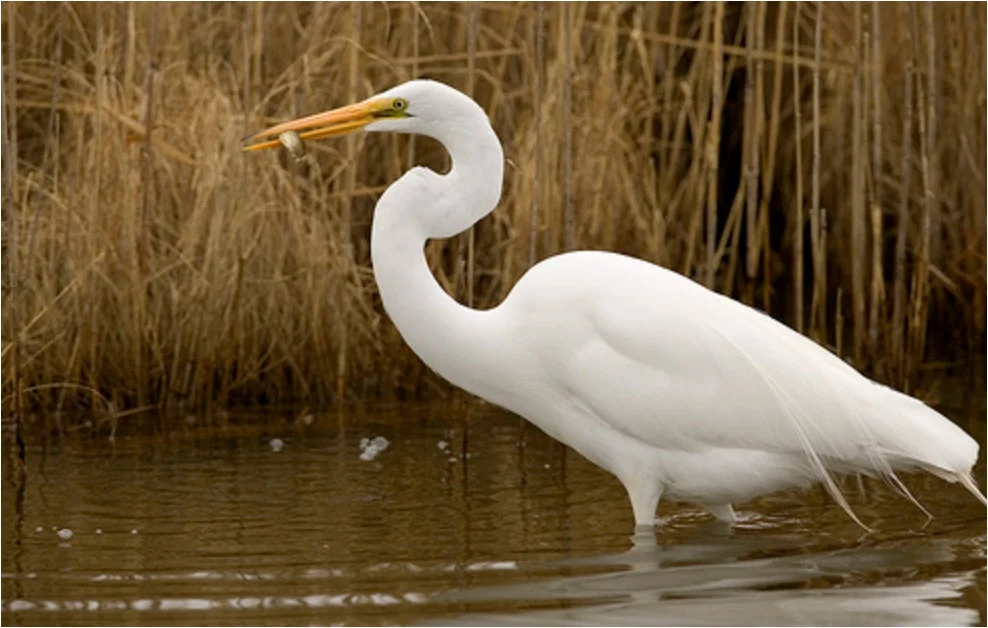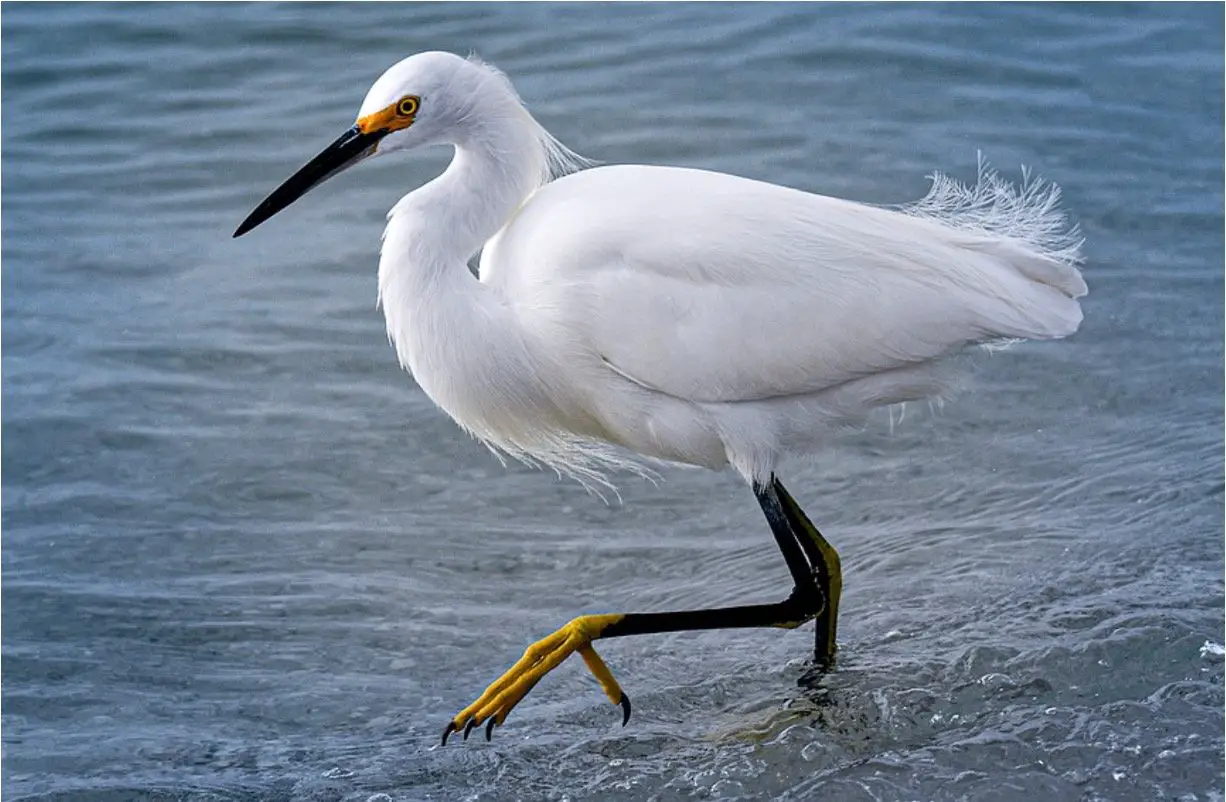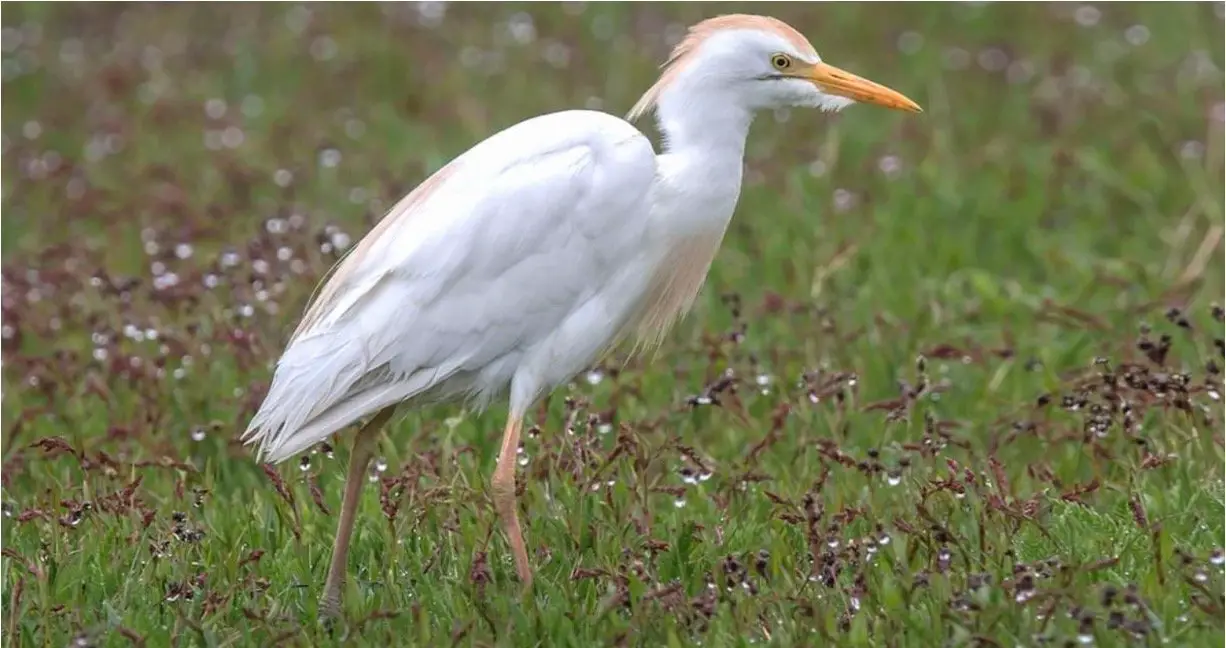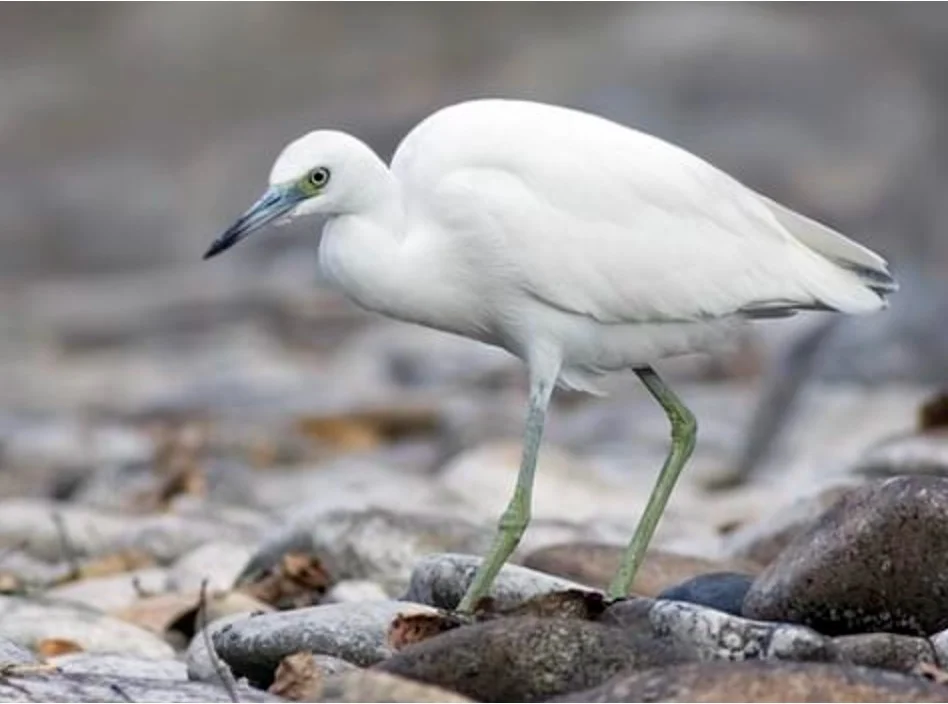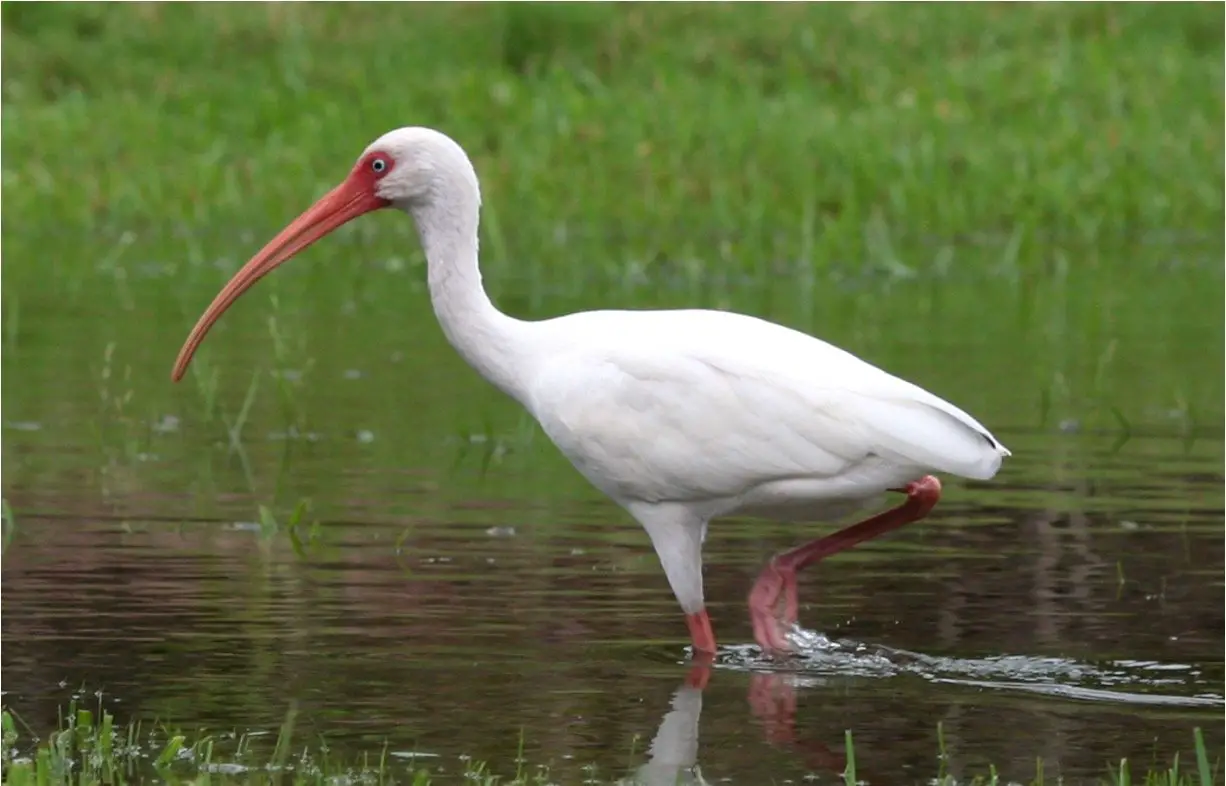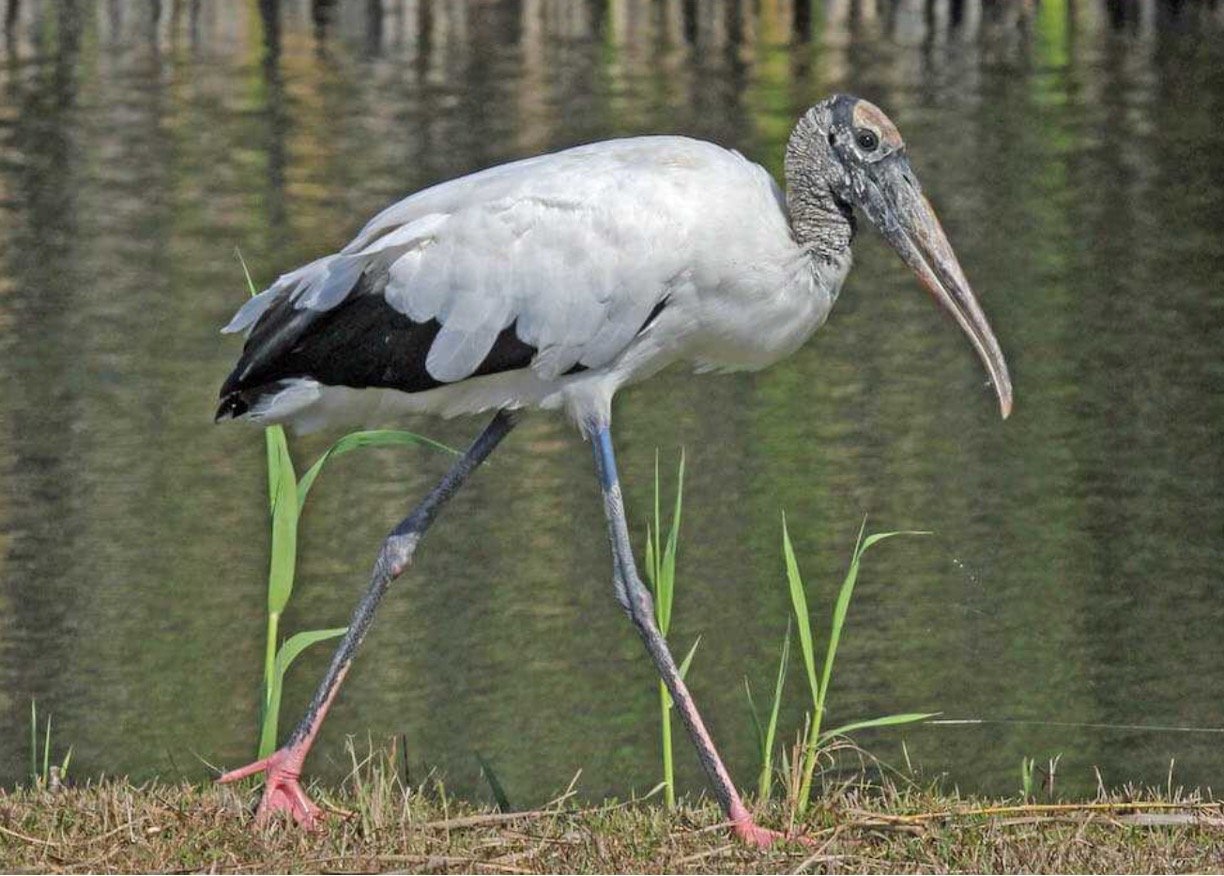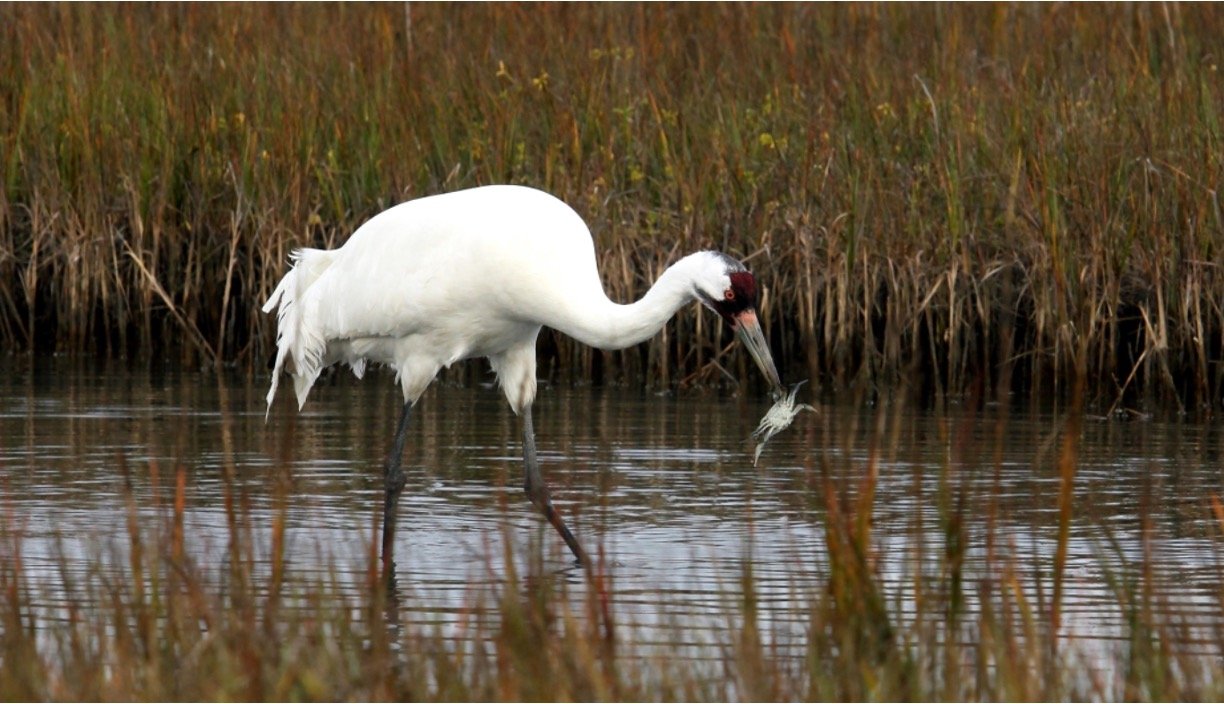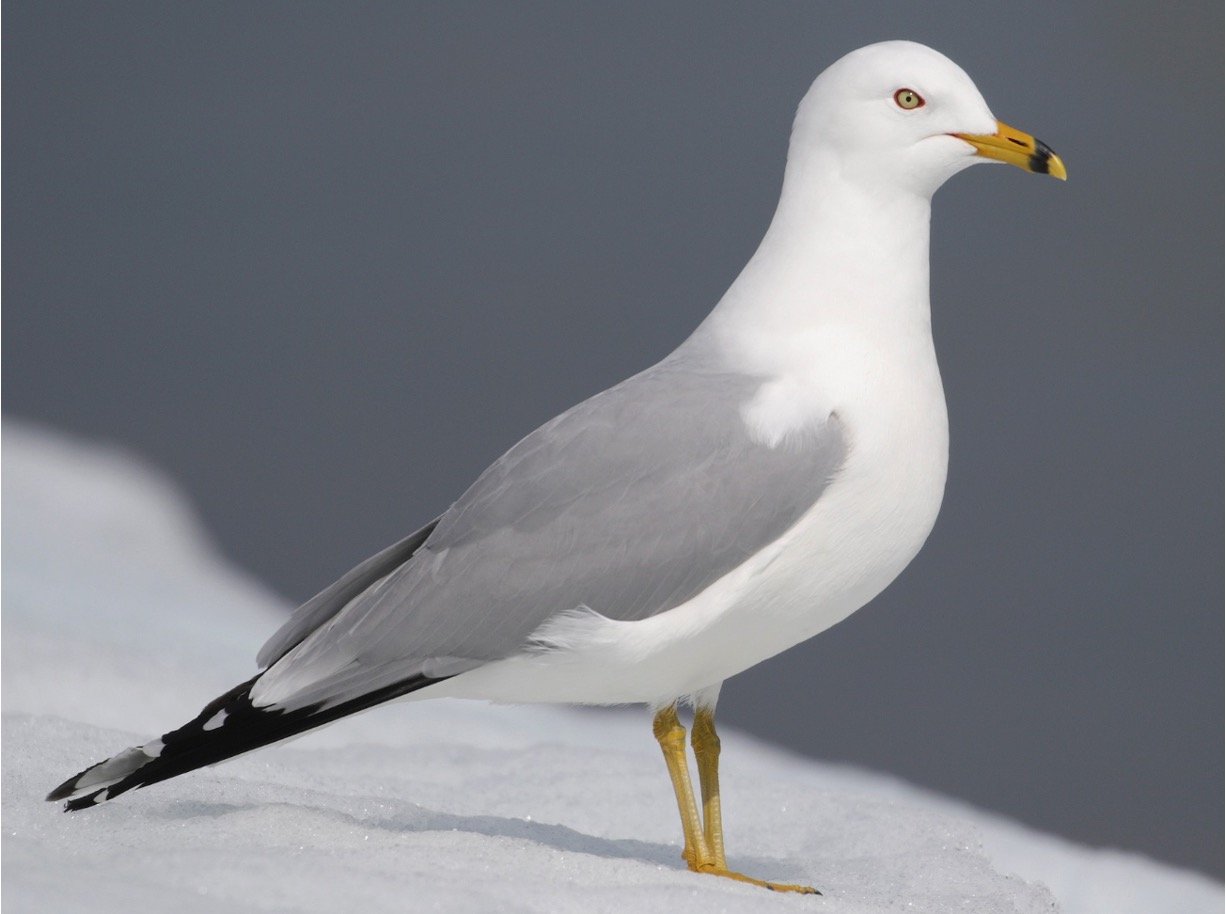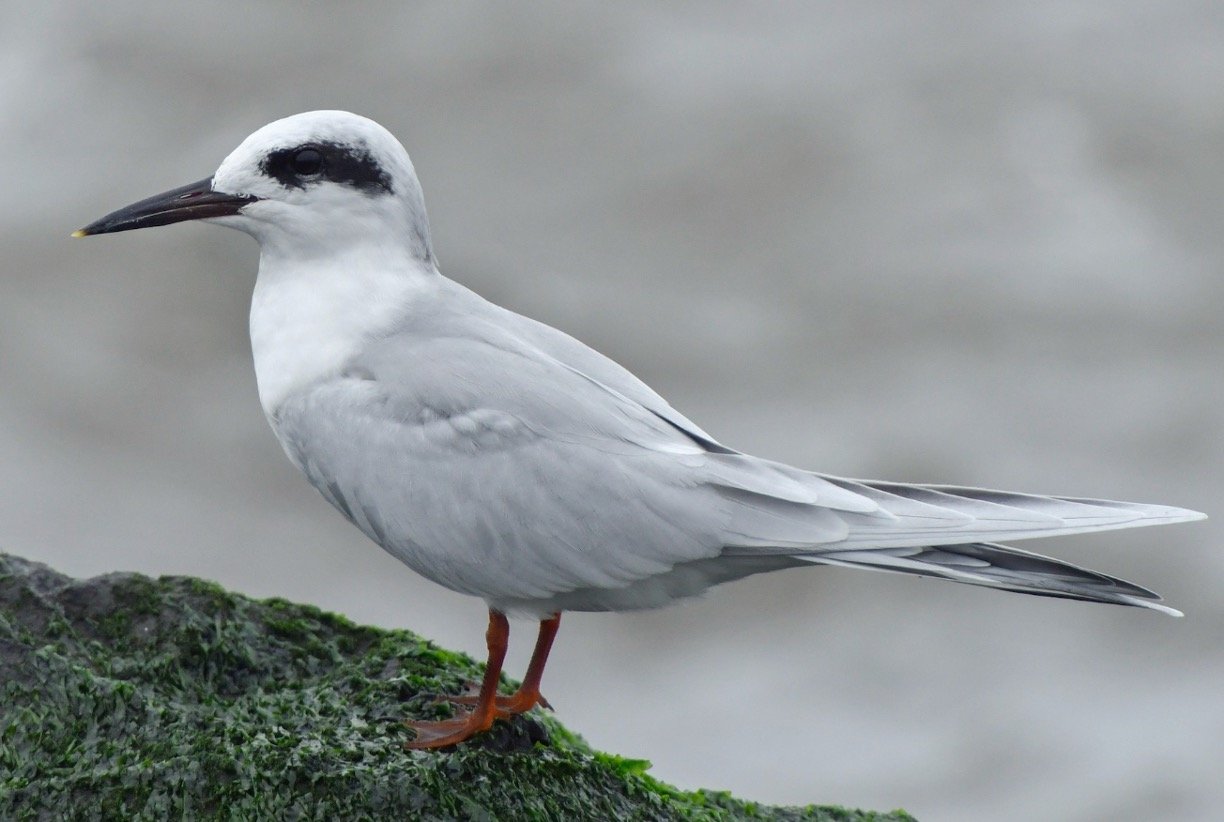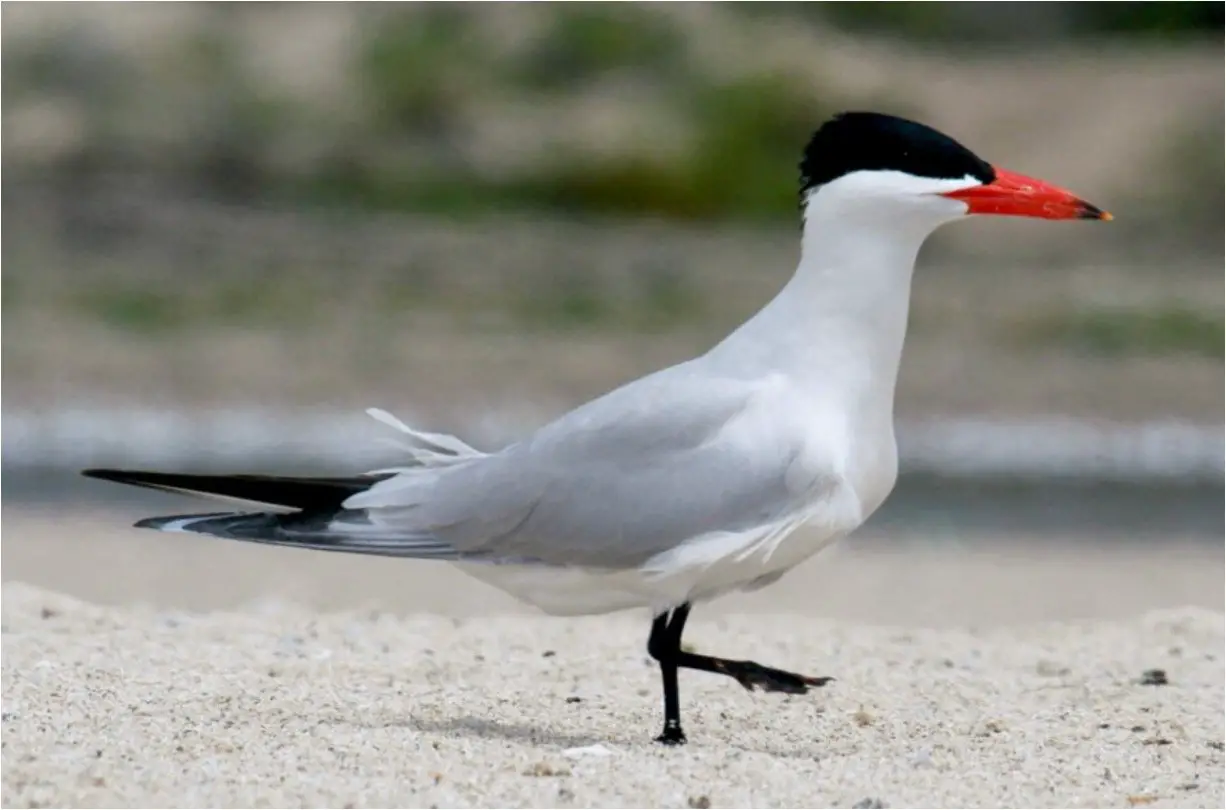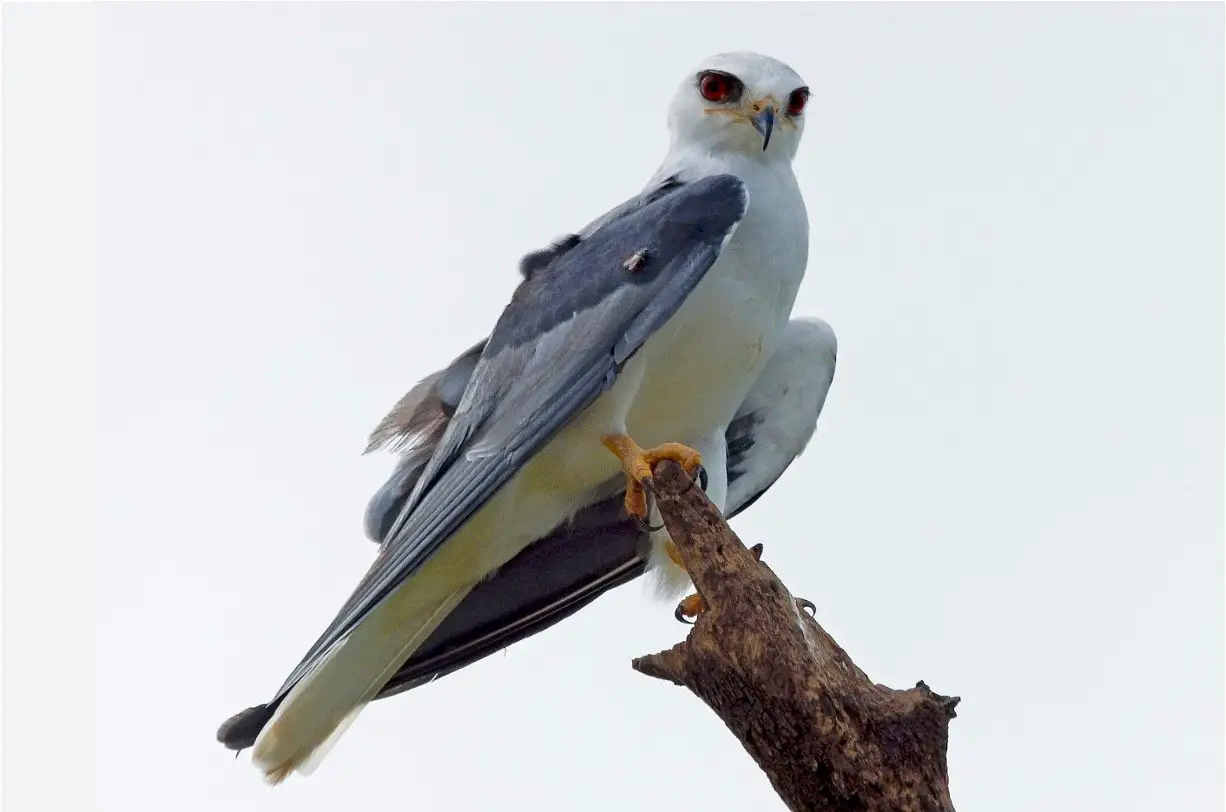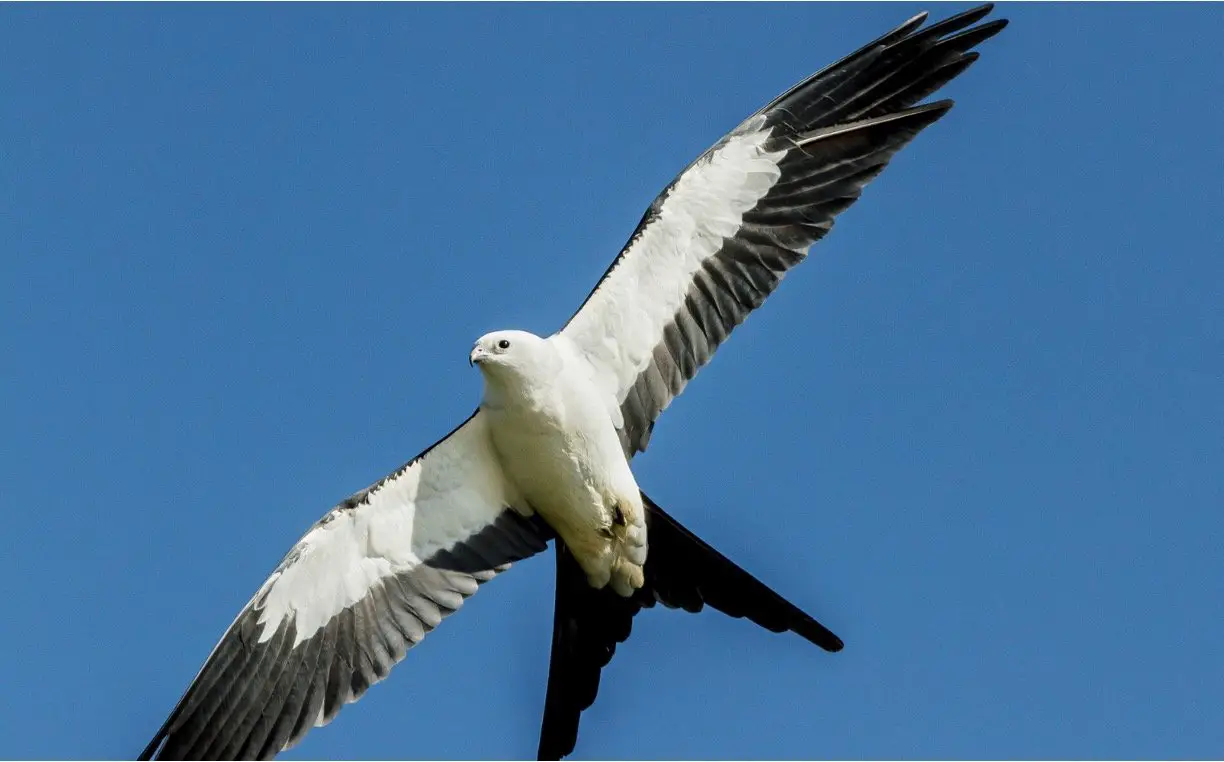White Birds in Florida
Florida is home to a wide variety of wildlife, including many beautiful and graceful white birds. These birds can be found throughout the state in a variety of habitats, including wetlands, beaches, and backyards, and range in size from large wading birds like the Great Egret and Wood Stork to smaller species like the Snowy Egret and White Ibis.
Many of these white birds are migratory, spending the summers breeding and nesting in cooler northern climates before migrating south for the winter in Florida. Others live in the state all year, taking advantage of the warm climate and plentiful food sources.
Observing these white birds in their natural habitats can be a fascinating and rewarding experience, whether you’re an avid birdwatcher or simply appreciate nature’s beauty. With proper planning and knowledge, you can plan a successful white birding trip to Florida and see these magnificent creatures up close.
List of White Birds in Florida
- Snow goose
- Great Egret
- Snowy Egret
- Cattle Egret
- Little Blue Hero
- White Ibis
- Wood Stork
- Whooping Crane
- White Ibis
- Wood Stork
- Whooping Crane
- Ring-billed Gull
- Forster’s Tern
- Caspian Tern
- White-tailed Kite
- Swallow-tailed Kite
Snow Goose (Chen caerulescens)
- Common Name: Snow Goose
- Scientific Name: Chen caerulescens
- Length: 25-32 inches
- Weight: 3.5-7.5 pounds
- Wingspan: 53-65 inches
- Lifespan: Up to 20 years
- Diet: Mainly grasses, grains, and sedges
The Snow Goose is a medium-sized goose that breeds in the Arctic tundra and spends the winter in North America. It has a distinctive white plumage with black wingtips, and the male has a red-pink bill during breeding season, while the female has a dark bill.
Snow Geese are known for their long migrations, with some flying up to 3,000 miles from breeding grounds to wintering grounds. Snow Geese mate for life during the breeding season and build nests on the ground, often near water sources.
They lay between 2 and 8 eggs, and both parents incubate them for about 24 to 25 days. Young Snow Geese leave the nest within a day of hatching and can fly within two months. Snow Geese are primarily herbivores, eating a wide range of vegetation such as grasses, sedges, and roots.
They also consume insects and mollusks. Snow Geese can have a significant impact on the vegetation in their breeding and wintering areas due to their large numbers and feeding habits.
Great Egret (Ardea alba)
- Common Name: Great Egret
- Scientific Name: Ardea alba
- Length: Up to 41 inches
- Weight: Up to 2.2 pounds
- Wingspan: Up to 65 inches
- Lifespan: Up to 15 years
- Diet: Mainly fish, but also crustaceans, insects, and small mammals
The Great Egret is an enormous white heron with a long, slender neck and black legs. It’s found all over the world, including North and South America, Europe, Africa, Asia, and Australia. The Great Egret is well-known for its graceful movements and elegant appearance, making it a favorite of birdwatchers and photographers.
Great Egrets eat mostly fish, but they also eat crustaceans, frogs, and insects. They forage in shallow water, using their keen vision to spot prey before striking with their long bill.
Great Egrets form large colonies during breeding season, with each pair building a nest in a tree or bush near water. The male and female alternate incubating the eggs for approximately 25-27 days.
Once hatched, the young Great Egrets are fed regurgitated food by their parents until they are able to feed themselves. Great Egrets typically live for about 15 years in the wild.
Snowy Egret (Egretta thula)
- Common Name: Snowy Egret
- Scientific Name: Egretta thula
- Length: 22-26 inches
- Weight: 0.8-1.3 pounds
- Wingspan: Up to 41 inches
- Lifespan: Up to 17 years
- Diet: Small fish, crustaceans, insects, and other small prey
Snowy Egrets are small white herons with black legs and bills. It is found throughout much of North and South America in shallow wetlands and marshes. Snowy Egrets are distinguished by their bright yellow feet, which they use to stir up prey in the water.
Snowy Egrets eat mostly fish, but they also eat insects, crustaceans, and amphibians. Snowy Egrets develop long, wispy plumes on their backs during breeding season, which were once highly prized for fashion. The birds were nearly hunted to extinction for their plumes, but conservation efforts have helped to save them.
Cattle Egret (Bubulcus ibis)
- Common Name: Cattle Egret
- Scientific Name: Bubulcus ibis
- Length: 18-22 inches
- Weight: 0.9-1.3 pounds
- Wingspan: Up to 35 inches
- Lifespan: Up to 8 years
- Diet: Insects and other small prey, often found near livestock
The Cattle Egret is a small white heron with yellow legs and a yellow bill. It is originally from Africa, but it has spread to other parts of the world, including North and South America, Europe, and Asia. Cattle Egrets get their name from their habit of following large grazing mammals like cattle and feeding on insects stirred up by their movements.
Cattle Egrets eat insects, small reptiles, and amphibians. They typically form large colonies and nest in trees or bushes near water sources.
During the breeding season, male Cattle Egrets develop plumes on their back and neck, which they use in courtship displays.
Little Blue Heron (Egretta caerulea)
- Common Name: Little Blue Heron
- Scientific Name: Egretta caerulea
- Length: 22-30 inches
- Weight: 0.9-1.3 pounds
- Wingspan: Up to 41 inches
- Lifespan: Up to 7 years
- Diet: Fish, crustaceans, and other small prey
A small heron with blue-gray plumage and a slender, curved bill, the Little Blue Heron. It can be found in wetlands all over North and South America. The Little Blue Heron develops purple-blue plumage on its head and neck during breeding season, which fades to blue-gray after breeding season.
27 Small Birds In Florida
Little Blue Herons eat mostly small fish, frogs, and crustaceans. They forage in shallow water, frequently remaining motionless for extended periods of time before striking with their bill.
During the breeding season, Little Blue Herons build their nests in trees or bushes near water sources, with both parents incubating the eggs for 22-24 days. When the young hatch, their parents feed them regurgitated food until they are able to feed themselves.
White Ibis (Eudocimus albus)
- Common Name: White Ibis
- Scientific Name: Eudocimus albus
- Length: 22-27 inches
- Weight: 1.5-2.6 pounds
- Wingspan: Up to 40 inches
- Lifespan: Up to 16 years
- Diet: Crustaceans, insects, and other small prey
The White Ibis is a medium-sized bird with a long, curved bill that is white with black wingtips. It can be found in wetlands all over North and South America.
White Ibises feed primarily on small fish, crustaceans, and insects, foraging in shallow water and probing for prey with their bill.
White Ibises form large colonies during the breeding season and build nests in trees or bushes near water sources. Both parents alternate incubating the eggs for about 21-23 days. When the young White Ibises hatch, their parents feed them regurgitated food until they are able to feed themselves.
Wood Stork (Mycteria americana)
- Common Name: Wood Stork
- Scientific Name: Mycteria americana
- Length: 33-45 inches
- Weight: 5-7.5 pounds
- Wingspan: 60-65 inches
- Lifespan: Up to 20 years
- Diet: Fish, insects, and other small prey
The Wood Stork is a large wading bird with a bald head and a distinctively curved bill. It can be found in wetlands across much of North and South America, with the greatest concentrations in Florida.
Wood Storks primarily eat fish, but will also consume crustaceans and insects. Wood Storks form large colonies and build nests in trees or bushes near water sources during the breeding season.
For about 30 days, both parents take turns incubating the eggs. When the young Wood Storks hatch, their parents feed them regurgitated food until they are able to feed themselves.
Whooping Crane (Grus americana)
- Common Name: Whooping Crane
- Scientific Name: Grus americana
- Length: 52-60 inches
- Weight: 11-17 pounds
- Wingspan: 90-100 inches
- Lifespan: Up to 24 years
- Diet: Mainly aquatic plants, but also insects, fish, and other small prey
The Whooping Crane is a large white crane with a red patch on its head. It is one of the rarest birds in North America and a threatened species.
Whooping Cranes can be found in wetlands and grasslands across North America, but they only breed in Canada and the northern United States. Whooping Cranes eat mostly small fish, crustaceans, and insects.
During the breeding season, they form monogamous pairs and construct nests in wetlands. The female lays one or two eggs, and both parents alternate incubating them for 29-32 days. Young Whooping Cranes are fed regurgitated food by their parents once they hatch until they are able to feed themselves.
Ring-billed Gull (Larus delawarensis)
- Common Name: Ring-billed Gull
- Scientific Name: Larus delawarensis
- Length: 16-20 inches
- Weight: 0.6-1.1 pounds
- Wingspan: 38-47 inches
- Lifespan: Up to 27 years
- Diet: Fish, insects, and other small prey
The prominent Gull is a medium-sized gull with a white head and body, gray wings, and an eye-catching black band around its bill. It is found across much of North America and is known for its scavenging habits, frequently feeding on garbage in cities.
Ring-billed Gulls eat mostly fish, insects, and crustaceans, but they will scavenge for food in garbage dumps and landfills. Ring-billed Gulls form large colonies on beaches or islands during the breeding season.
For approximately 22-27 days, both parents alternate incubating the eggs. Young Ring-billed Gulls can fly within 4-5 weeks of hatching.
Forster’s Tern (Sternula forsteri)
- Common Name: Forster’s Tern
- Scientific Name: Sterna forsteri
- Length: 13-15 inches
- Weight: 2-3 ounces
- Wingspan: 29-33 inches
- Lifespan: Up to 10 years
- Diet: Fish and other small aquatic prey
The medium-sized Forster’s Tern has a white head, gray wings, and a distinctive black cap. It is found across much of North America and is known for its acrobatic flight patterns, frequently diving into the water to catch fish.
Forster’s Terns primarily feed on small fish, which they catch by hovering above the water and diving in to catch. Forster’s Terns form loose colonies on beaches or islands during the breeding season. Both parents alternate incubating the eggs for about 20-22 days. Young terns can fly within four weeks of hatching.
Caspian Tern (Hydroprogne caspia)
- Common Name: Caspian Tern
- Scientific Name: Hydroprogne caspia
- Length: 20-26 inches
- Weight: 1.5-2.2 pounds
- Wingspan: 50-57 inches
- Lifespan: Up to 25 years
- Diet: Fish, crustaceans, and other small aquatic prey
Caspian Terns are large birds with white heads and bodies, gray wings, and a distinctive red bill. It can be found throughout much of North America in wetland and coastal areas. Caspian Terns primarily feed on fish, which they catch by hovering over the water and diving in to catch.
Caspian Terns form loose colonies on beaches or islands during the breeding season. Both parents alternate incubating the eggs for about 28-30 days. Young terns can fly after hatching in about 4-5 weeks.
White-tailed Kite (Elanus leucurus)
- Common Name: White-tailed Kite
- Scientific Name: Elanus leucurus
- Length: 13-17 inches
- Weight: 8-12 ounces
- Wingspan: 35-40 inches
- Lifespan: Up to 10 years
- Diet: Small rodents and other small prey
The White-tailed Kite is a medium-sized raptor with a white head and body, gray wings, and a distinct black tail. It can be found across much of North and South America in open grasslands and wetlands. White-tailed Kites eat mostly small mammals like rodents and rabbits, as well as birds and insects.
They hunt by hovering above the ground and diving down to capture their prey. White-tailed Kites form monogamous pairs during the breeding season and build nests in trees or bushes.
For approximately 28-32 days, both parents alternate incubating the eggs. When the young kites hatch, their parents feed them regurgitated food until they are able to feed themselves.
Swallow-tailed Kite (Elanoides forficatus)
- Common Name: Swallow-tailed Kite
- Scientific Name: Elanoides forficatus
- Length: 23-27 inches
- Weight: 11-14 ounces
- Wingspan: 50-54 inches
- Lifespan: Up to 10 years
- Diet: Mainly insects, but also small reptiles, birds, and mammals
The Swallow-tailed Kite is a large predatory bird with a forked tail and black and white plumage. It can be found in wetlands and forests all over North and South America. Swallow-tailed Kites eat mostly small mammals like rodents and bats, as well as birds and insects.
They hunt by flying high in the air and then diving down to catch prey. Swallow-tailed Kites form monogamous pairs and build nests in trees during the breeding season.
For approximately 28-32 days, both parents alternate incubating the eggs. When the young kites hatch, their parents feed them regurgitated food until they are able to feed themselves.
What are the White Birds on Backyard in Florida?
There are several species of white birds that can commonly be found in backyards and other outdoor spaces in Florida. Some of these species include:
1. White Ibis: This bird has a long, curved bill and is mostly white with some black on its wings. White ibises are social birds and can often be seen foraging in groups in yards, parks, and other open areas.
2. Great Egret: This tall, elegant bird has all-white plumage and a long, slender neck. Great egrets can often be found wading in shallow water or hunting for fish in backyard ponds and other bodies of water.
3. Snowy Egret: Similar in appearance to the great egret, the snowy egret is slightly smaller and has yellow feet and a black bill. Snowy egrets can often be found in wetlands, marshes, and other watery habitats, including backyard ponds.
4. Wood Stork: This large, white bird has a bald head and distinctive, curved bill. Wood storks can often be found wading in shallow water or standing in trees near backyard ponds.
5. White-winged Dove: This medium-sized bird has mostly white plumage with black wingtips and a black border on its tail. White-winged doves can often be found perched in trees and feeding on seeds and fruits in backyard bird feeders.
How to Attract White Birds in Florida?
If you live in Florida and want to attract white birds to your backyard, there are several things you can do to make it appealing to them:
1. Make a water source available: Many white birds, such as egrets and herons, are drawn to water sources such as bird baths or small ponds. Installing a water feature in your backyard can help to attract these birds.
2. Plant native vegetation: Providing food and shelter for white birds by planting native trees, shrubs, and other plants in your backyard. Oak trees, pine trees, and native grasses are all good choices.
3. Provide bird feeders: While many white birds feed on live prey such as fish and insects, others will visit bird feeders. A variety of bird feeders filled with seeds, suet, or nectar can attract a variety of white bird species to your backyard.
4. Install nesting boxes: If you have a large enough backyard, consider installing nesting boxes for white birds that nest in cavities, such as woodpeckers, bluebirds, and even owls.
5. Keep your backyard free of pesticides: Pesticides can be harmful to birds and other wildlife, so keep them out of your backyard. Instead of using chemical pesticides, consider using natural methods to control pests in your backyard, such as companion planting or beneficial insects.
What is Best Time to See White Birds in Florida?
The best time to see white birds in Florida varies by species and region of the state. The best time to see white birds in Florida is generally during the winter months, from November to February. Many migratory species of white birds, such as snow geese, arrive in the state at this time.
Furthermore, during the winter months, Florida’s wetlands and marshes have higher water levels, attracting a variety of wading birds such as egrets, herons, and ibises. These birds are easier to spot against a clear water background, making them ideal for birdwatching.
Spring and summer are also good times to see white birds in Florida, especially if you want to observe nesting behavior. During the spring and summer months, many species of white birds, including wood storks, nest in Florida’s wetlands.
